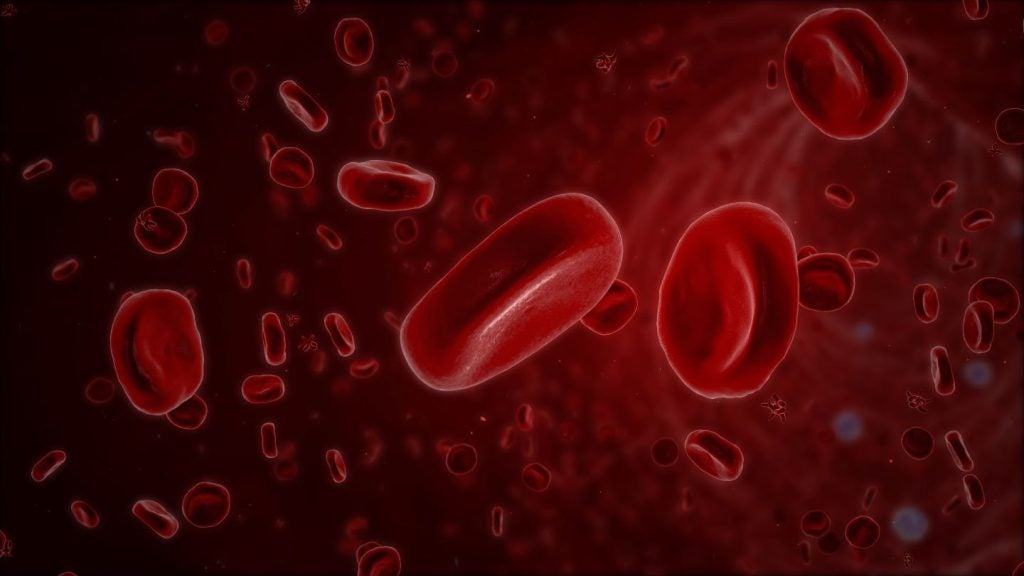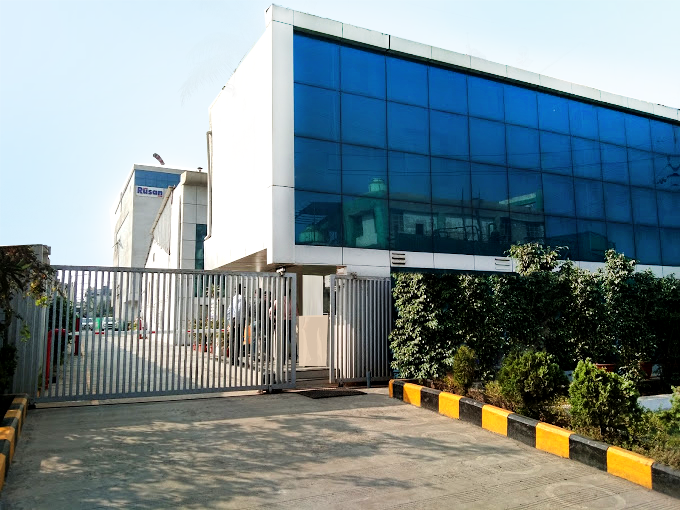Pharmaceutical packaging companies plays a vital role in maintaining the quality, safety, user-friendliness and marketability of drugs and other pharmaceutical products.
The pharmaceutical industry requires specialised and cost-effective commercial packaging solutions to improve efficiency and preserve the integrity of products through the entire supply chain, from primary packaging and labelling to shipping, storage and distribution to end users.
Commercial packaging companies offering contract manufacturing services can provide tailored and innovative packaging solutions in compliance with prevailing regulations and industry guidelines.
Finding the best pharmaceutical packaging services in contract manufacturing
Pharmaceutical Technology has listed some of the leading contract commercial packaging companies, based on its intel, insights and decades-long experience in the sector.
The list includes suppliers of a wide range of pharmaceutical packaging, containers and containment solutions, including plastic, glass and other customised packaging solutions, as well as packaging design, labelling and printing solutions.
See Also:
The information contained within the download document is useful for pharmaceutical executives, product managers, pharma packaging development specialists, and any other individual involved in pharmaceutical commercial packaging.
The download contains detailed information on commercial pharmaceutical packaging companies and manufacturers, and their product and service lines, alongside contact details to aid your hiring decision.
Pharmaceutical packaging design, formats and materials
Packaging materials and containment solutions used for pharmaceutical applications include, but are not limited to:
- Pharmaceutical glass for vials, bottles and ampoules for dry powder and liquid medicines
- Plastic packaging for tablets, capsules, powders and granulates
- Aluminium foil for blister packaging of tablets and capsules
- Plastic and polymer-based packaging such as sachets, polybags, and blister packs
- Oral thin film and transdermal patches
- Tamper-resistant plastic closures and caps, and
- Carton boxes, shipping containers and injection trays for secondary and tertiary packaging
Trends in contract pharmaceutical packaging
Increasing medicine sales through e-pharmacies and the growing adoption of advanced packaging solutions are projected to drive the demand for contract commercial packaging in the pharmaceutical sector.
Commercial packaging suppliers are adopting advanced packaging technologies and techniques to meet the custom needs of pharmaceutical companies. Smart packaging solutions, anti-counterfeit measures and patient safety adaptions can help in ensuring the quality of drug products. Anti-counterfeit measures, for example, can prevent counterfeit medications, while innovative packaging solutions such as child-proof packaging and temperature-sensitive packaging can protect the drug products.






